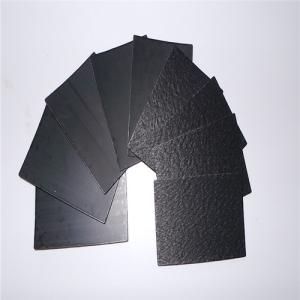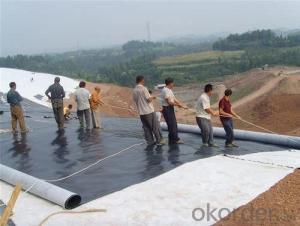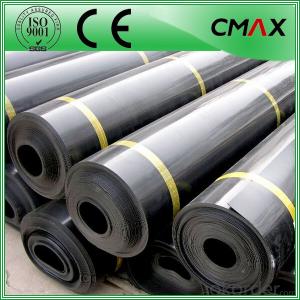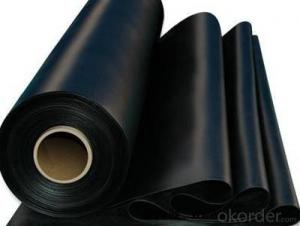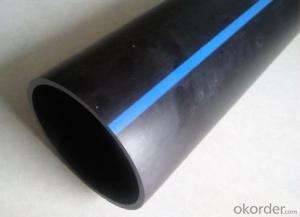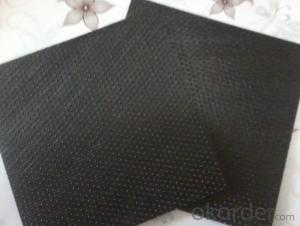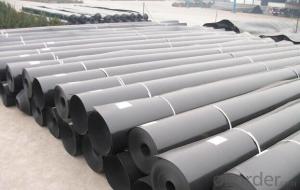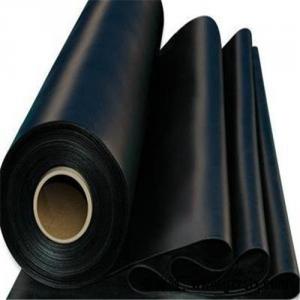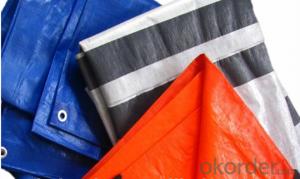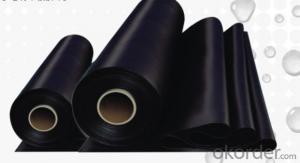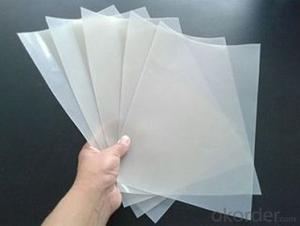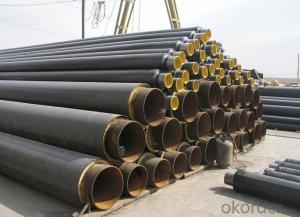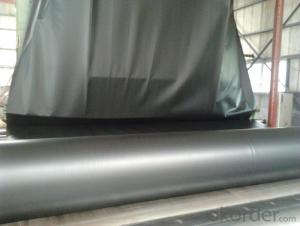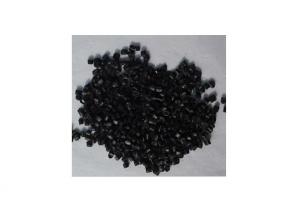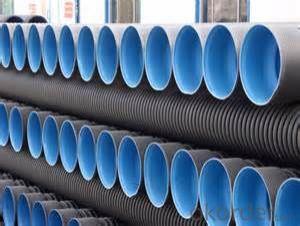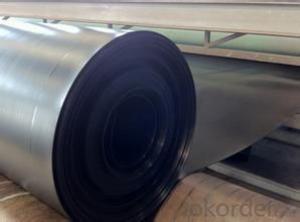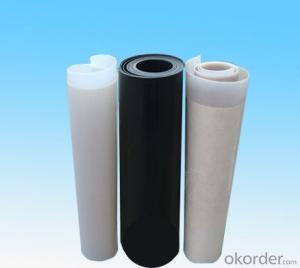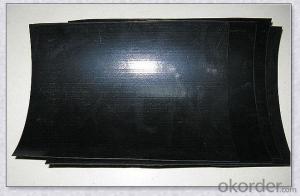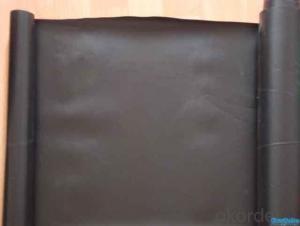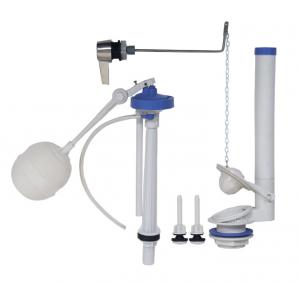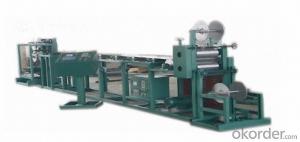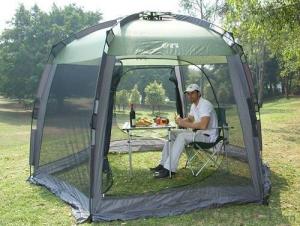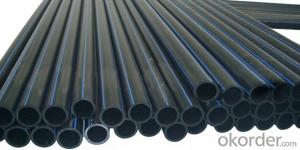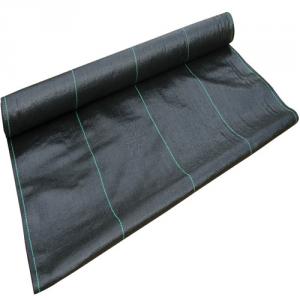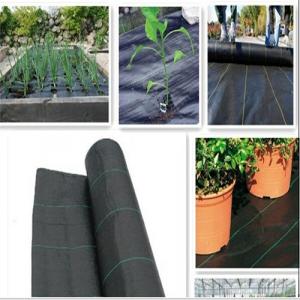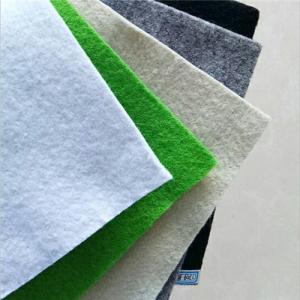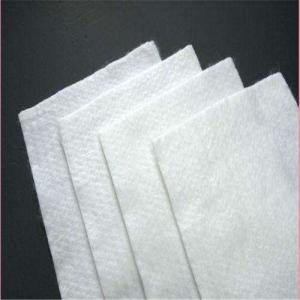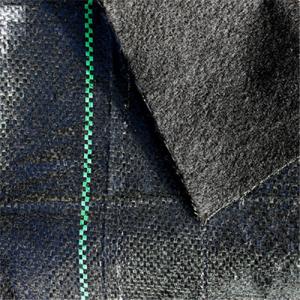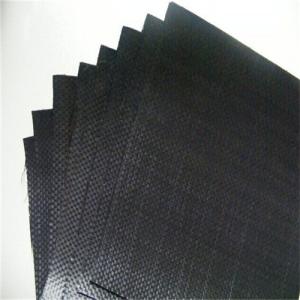Hdpe Lining For Water Tank
Hdpe Lining For Water Tank Related Searches
Hdpe Lining Hdpe Pond Liner Specifications Hdpe Geomembrane Pond Liner Hdpe Liner Repair Hdpe Liner Cost 40 Mil Hdpe Liner hdpe pipe specifications Hdpe Membrane hdpe pipe supply Hdpe Textured Geomembrane Hdpe Geomembrane Installation Hdpe Pipe Indonesia Hdpe Geomembrane Machine Wholesale Liner Hdpe Geomembrane Hdpe Geomembrane Welding Geomembrane Hdpe Reinforced Hdpe Geomembrane Pegamento Para Geomembrana Hdpe Hdpe Geomembrana Hdpe Geomembrane Specifications Jual Geomembrane Hdpe Geomembrane In Hdpe Geomembrana Hdpe Geomembran Hdpe Hdpe Granules Inc Hdpe Smooth Geomembrane Hdpe Geomembrane Price Wholesale Hdpe Geomembrane Hdpe Geomembrane Sheet Rollo De Geomembrana HdpeHdpe Lining For Water Tank Supplier & Manufacturer from China
HDPE Lining for Water Tank is a high-quality, durable, and reliable product designed for various water storage and containment applications. Made from high-density polyethylene, this lining material is known for its excellent chemical resistance, UV protection, and long-lasting performance. It is an ideal solution for constructing water tanks, ponds, reservoirs, and other liquid containment structures, ensuring the safety and integrity of stored water.The HDPE Lining for Water Tank is widely used in various industries, including agriculture, construction, and environmental management. It is particularly beneficial in scenarios where water storage is crucial, such as in irrigation systems, stormwater management, and water treatment facilities. This product's versatility and durability make it a popular choice for both commercial and residential applications, providing a cost-effective and efficient solution for water storage needs.
Okorder.com is a leading wholesale supplier of HDPE Lining for Water Tank, offering a vast inventory of this product to cater to the diverse needs of clients worldwide. With a strong commitment to quality and customer satisfaction, Okorder.com ensures that the HDPE Lining for Water Tank is available at competitive prices and with prompt delivery. By partnering with Okorder.com, customers can access a reliable source for high-quality water tank lining solutions, ensuring the success of their water storage projects.
Hot Products

